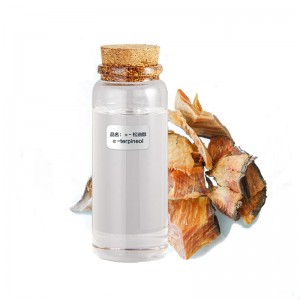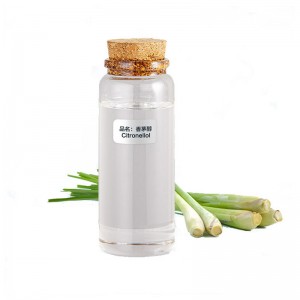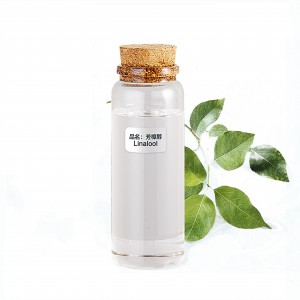High purity 98% min. cinnamaldehyde Cinnamic aldehyde CAS 104-55-2 for food flavour and fragrance
Application
Food additives
Daily chemical industry
Flavour and fragrance
Description
Cinnamaldehyde, commonly known as cinnamaldehyde,is the chemical compound that gives cinnamon its flavor and odor. Cinnamic aldehyde occurs naturally in the bark of cinnamon, camphor, and cassia trees. These trees are the natural source of cinnamon, and the essential oil of cinnamon bark is about 90% cinnamic aldehyde. There are two isomers of cinnamaldehyde, cis-type and trans-type, and the commercially available cinnamaldehyde, whether natural or synthetic, is trans-type.
Cinnamaldehyde is permitted to be used as a synthetic flavor in food according to gb2076-2011. It can be used to prepare flavors for meat, flavoring, oral care products, chewing gum and candy
Specification
|
Items |
Standards |
|
Characters |
Light yellow liquid with strong cinnamon scent |
|
Relative density (20/20℃) |
1.046~1.053 |
|
Refractive index (20℃) |
1.619~1.625 |
|
Acid Value |
≤ 10.0 |
|
Assay |
≥98% |
Benefits & Functions
Cinnamaldehyde has been shown to reduce the inflammatory response in the body, leading to fewer negative symptoms. Inflammation is linked to chronic conditions like heart disease, diabetes, and arthritis. Ceylon cinnamon may be able to reduce symptoms of these conditions.
Applications
It is used as a flavoring in food items like chewing gum, ice cream, candy, and beverages and in some perfumes of natural, sweet, or fruity scents. Cinnamic aldehyde is also sometimes used as a fungicide and its scent is known to repel animals like cats and dogs.







